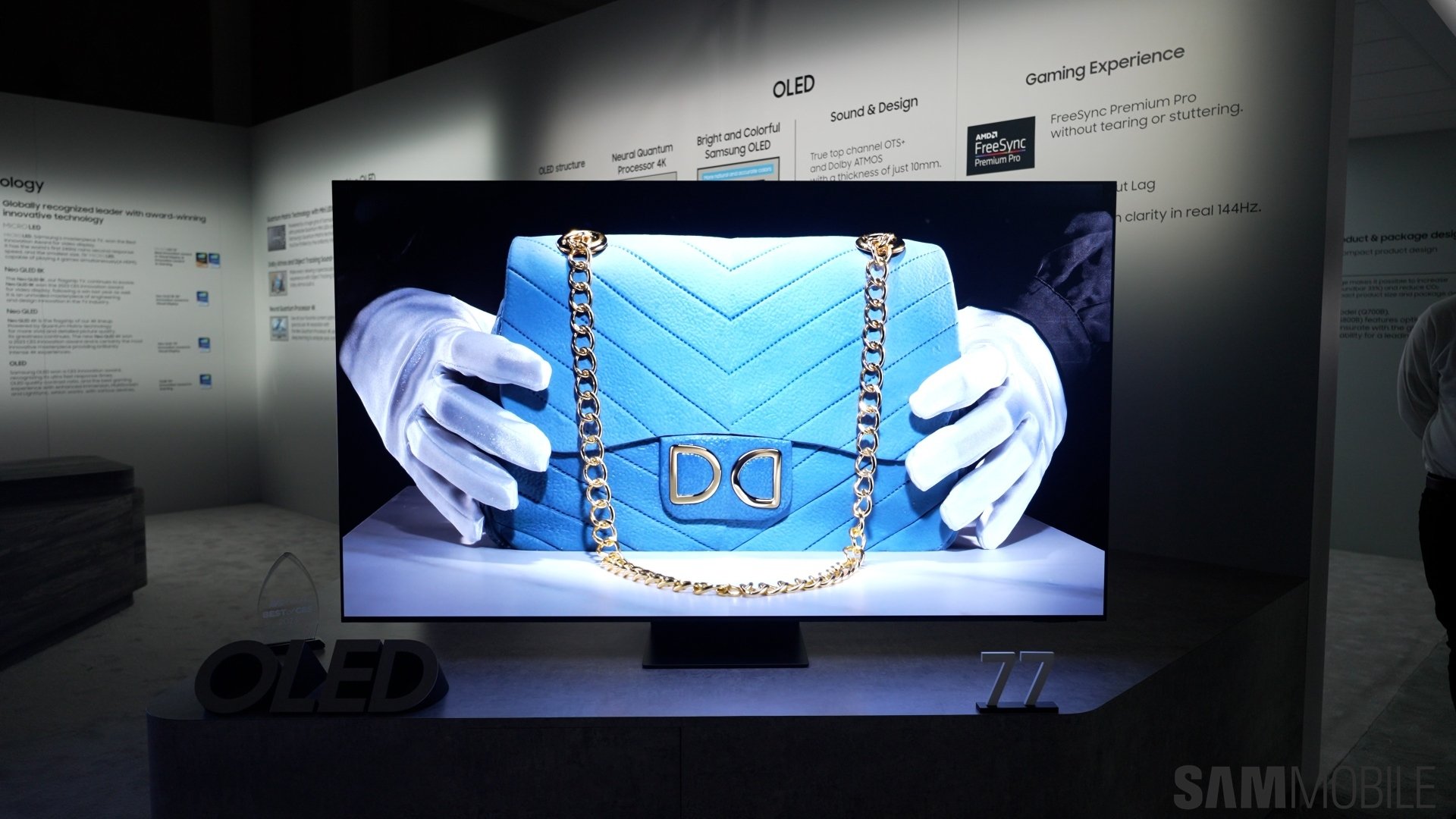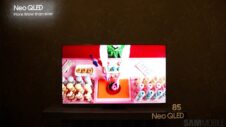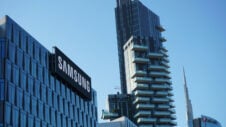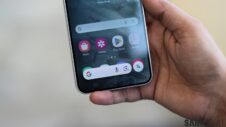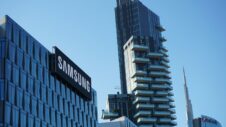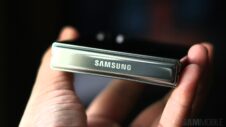Samsung launched its first OLED TV in over a decade last year, but it didn’t use the regular LG-made WRGB OLED panel that most other OLED TV makers use. The South Korean TV firm used the new QD-OLED panel made by Samsung Display (Samsung’s display panel manufacturing arm). Is it any better? And how is it different from LG’s OLED panel?
In this article, let us find out what exactly a QD-OLED TV is and what its advantages are over WRGB OLED TVs.
How does a QD-OLED TV work?
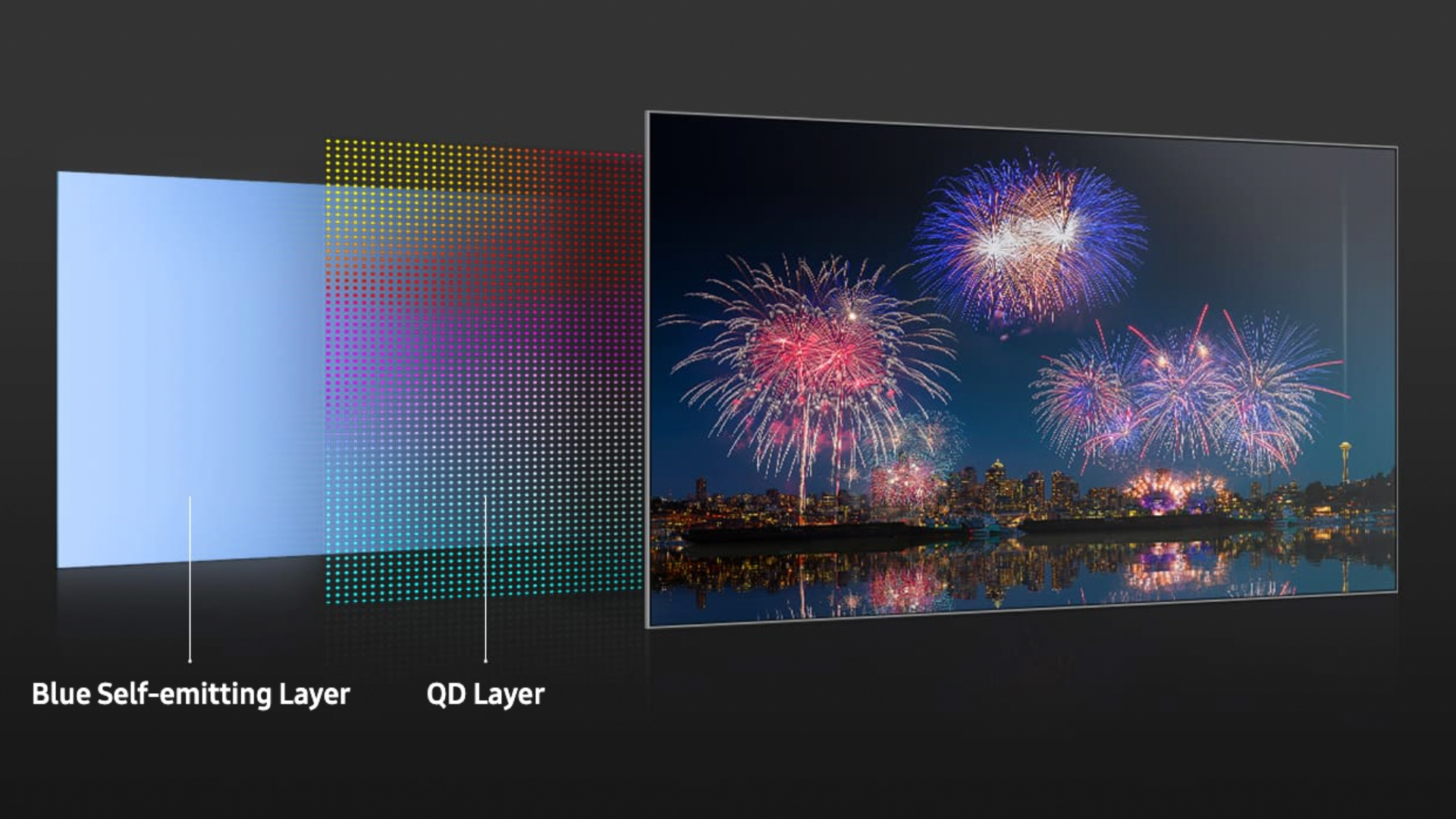
QD-OLED is a self-emissive display technology, much like Samsung’s Super AMOLED screens used in Galaxy smartphones, tablets, and wearables. Each pixel in this display panel can produce its own backlight and color. It works differently than LG’s WRGB OLED and Samsung’s Super AMOLED displays. It uses millions of extremely small quantum dots to improve the overall color volume and average brightness.
A QD-OLED display uses a blue OLED layer as a backlight source, and this is a brilliant idea from Samsung Display. The OLED layer is made using organic materials (hence the O in OLED), and the light emitted from that layer is passed through quantum dot color filters (also known as quantum dot color converters) to create red and green colors. Since the backlight is blue, it doesn’t need a color converter to make the blue color, and the backlight is passed as is.
Now, let us see how those magical quantum dots work.
Importance of quantum dots in QD-OLED TVs
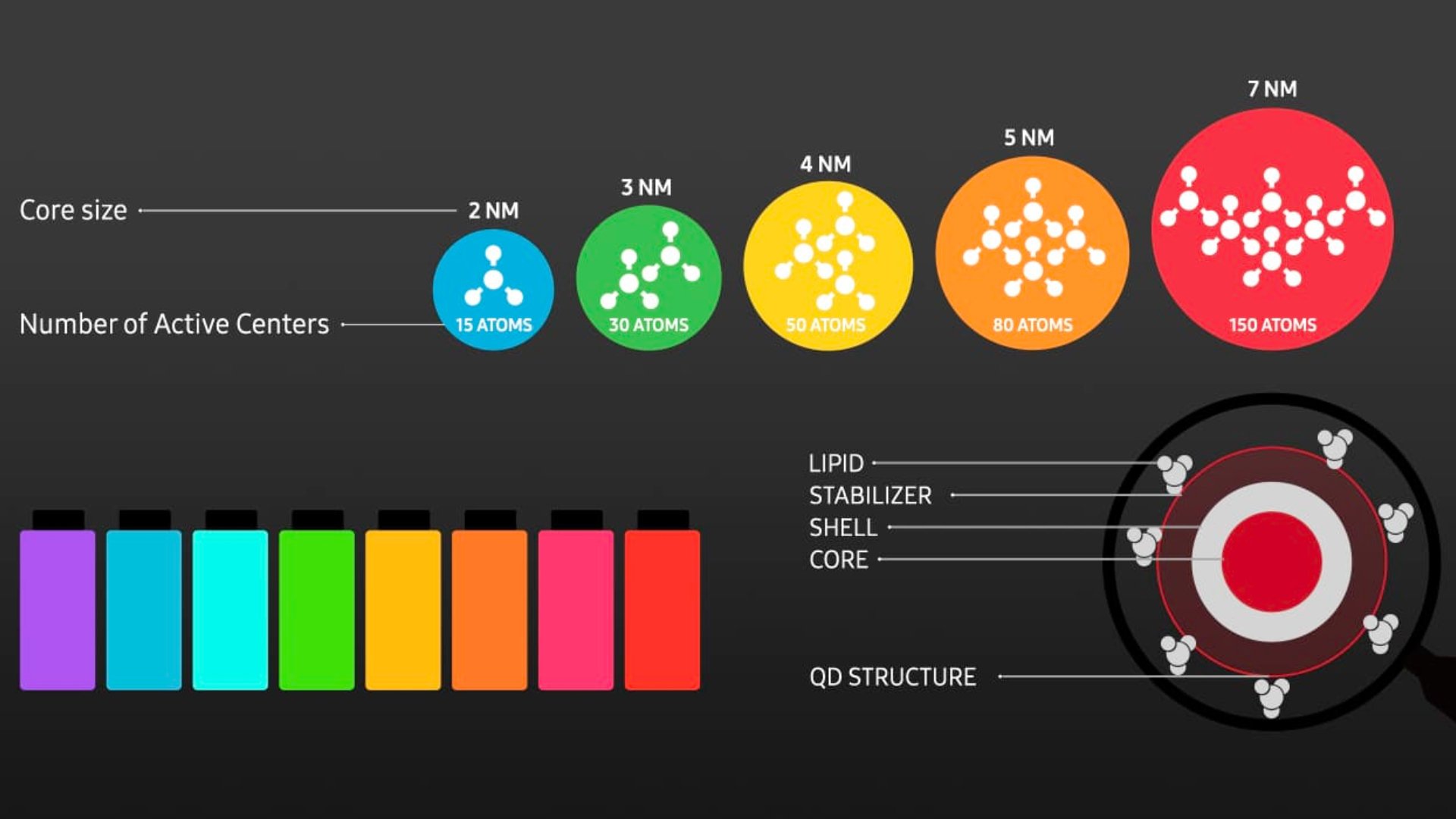
Quantum dots, as the name suggests, are incredibly tiny. They are usually measured in nanometers. When quantum dots are hit with any form of light, they absorb that energy and reproduce monochromatic (pure) colors. And they are extremely power efficient, so they can pass off 99% of all light they receive.
Moreover, different-sized quantum dots create different colors. For example, quantum dots measuring 2nm in diameter create blue light, while 3nm, 4nm, 5nm, and 7nm quantum dots can create green, yellow, orange, and red colors, respectively. As a result, QD-OLED panels create pure red, green, and blue colors, and these colors can be mixed as necessary to create any color.
Why is LG’s RGBW OLED technology inferior to Samsung's QD-OLED?
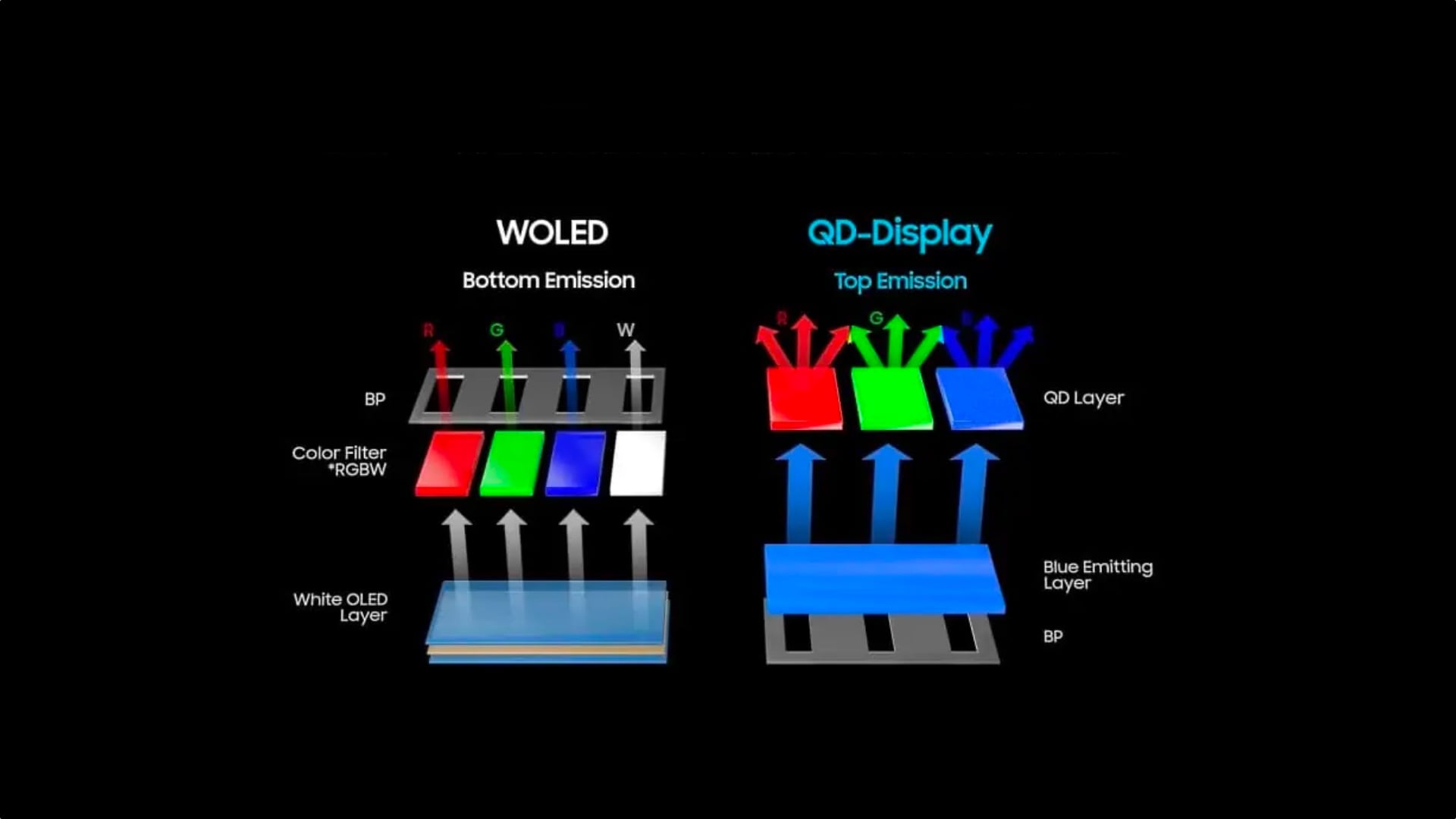
In comparison, LG’s WRGB panel uses a white backlight (which isn’t pure, to begin with), and it passes through red, green, and blue color converters to create those respective colors. Some of that backlight gets lost in the process. LG uses a white sub-pixel in each pixel to compensate for that lost backlight.
However, that white sub-pixel degrades color accuracy and volume. The combination of impure white backlight and the white sub-pixel results in colors that aren’t as deep as QD-OLED, and the overall color luminance is also inferior.
A look at Samsung’s QD-OLED TV lineup
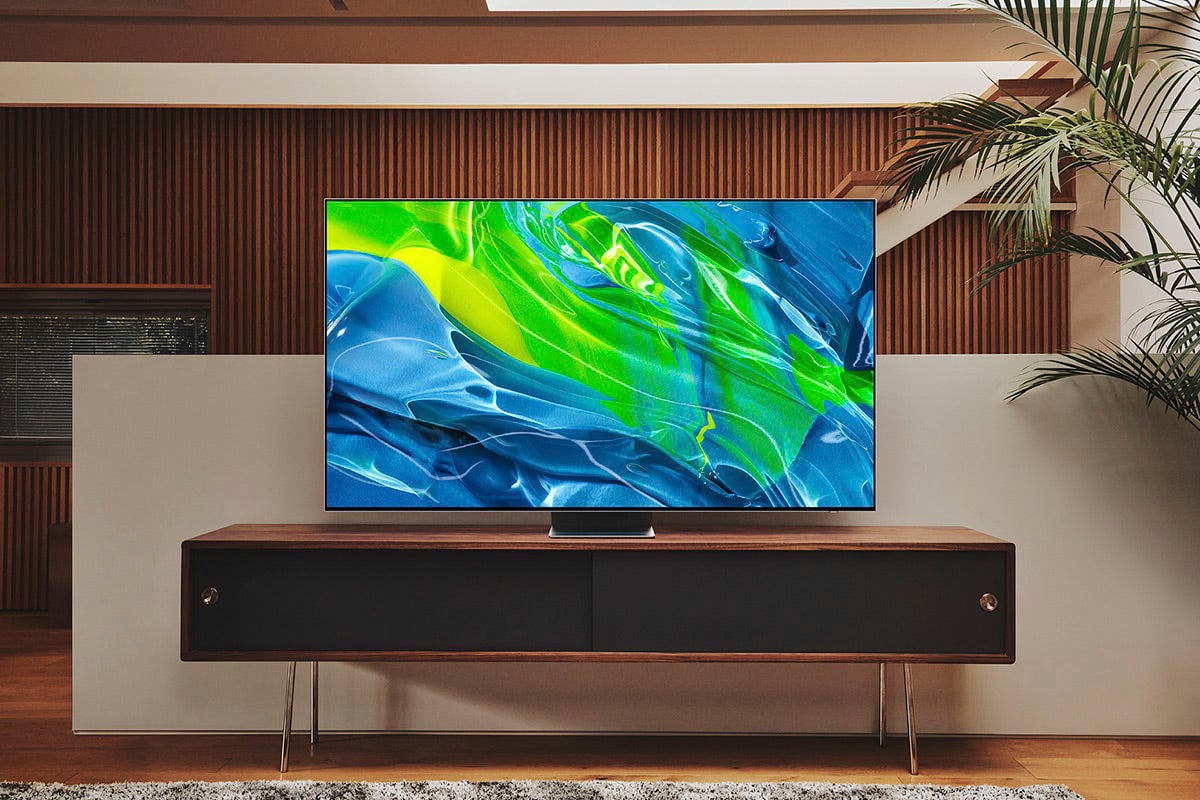
Samsung’s first QD-OLED TV was launched in early 2022, the S95B. It came in two sizes: 55-inch and 65-inch. And both variants featured 4K resolution, a 144Hz variant refresh rate, HDR10, HDR10+ Adaptive, HLG, AMD FreeSync Premium, and Nvidia G-Sync compatibility. This TV could reach up to 1,500 nits of peak brightness in HDR scenes.
It has four HDMI 2.1 ports with eARC and a 2.2.2-channel speaker setup with up to 60W output. It was also among the first TVs in the world to support Wireless Dolby Atmos.
Connectivity features include Wi-Fi 6E, Bluetooth 5.2, three USB 3.2 Type-A ports, AirPlay 2, Tap Sound, and Tap View. It also supports Alexa, Bixby, and Google Assistant and can control Apple HomeKit and SmartThings compatible smart home devices.
The Samsung S95B received rave reviews from all TV experts worldwide, thanks to its perfect blacks, wide viewing angles, and infinite contrast ratio. It offered deeper colors and higher brightness than rival OLED TVs from LG. It runs Tizen 6.5 and has additional features like Game Bar, Object Tracking Sound Pro, and a 32:9 ultrawide mode for gaming.
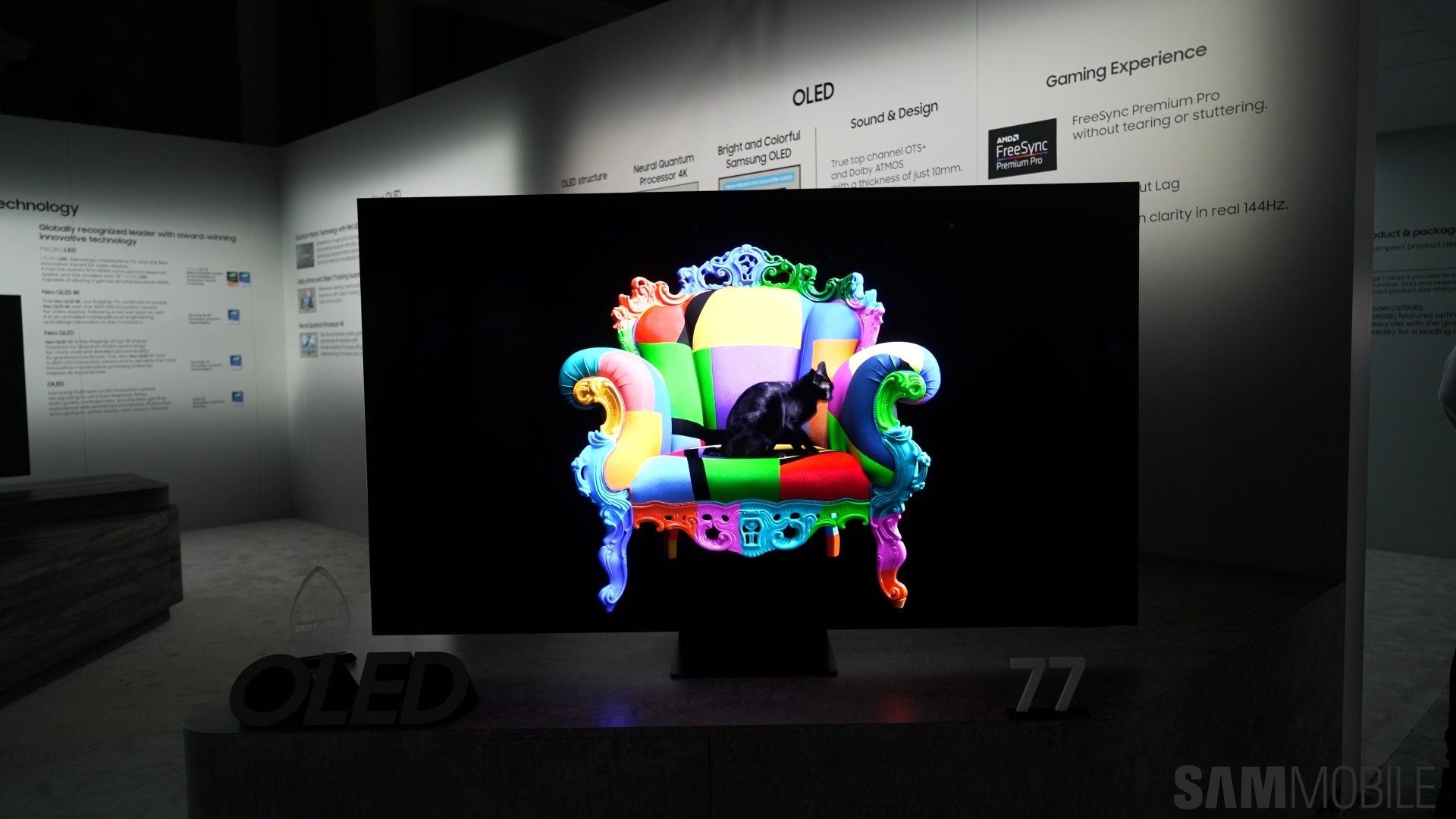
In early 2023, the company followed up with two new QD-OLED TVs: S90C and S95C. Both TVs feature a newer generation QD-OLED panel and come in three sizes: 55-inch, 65-inch, and 77-inch. Both TVs still use a 4K QD-OLED panel with a 144Hz variant refresh rate, HDR10, HDR10+ Adaptive, HLG, AMD FreeSync Premium, and Nvidia G-Sync compatibility. Thanks to newer material and AI algorithms, Samsung claims that the S90C and S95C can reach a peak brightness of up to 2,000 nits.
The S90C continues to use the same design and 2.2.2-channel 60W speaker setup as 2022’s S95B. The S95C, the higher-end version of the two 2023 QD-OLED TVs, has a slimmer design with One Connect Box on its stand and a 4.2.2-channel 70W speaker setup.
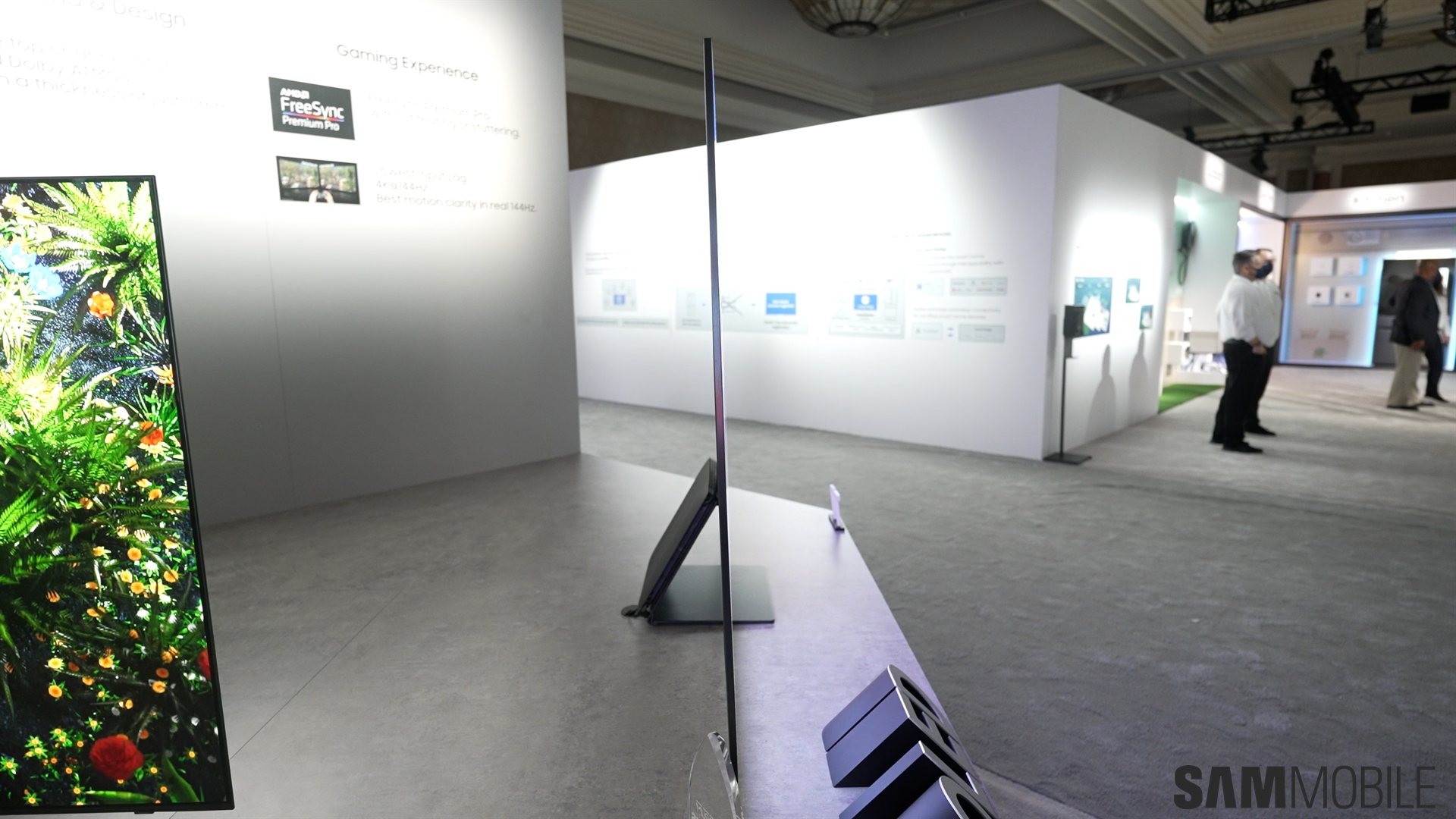
Both TVs run Tizen 7.0 out of the box, and feature Alexa, Bixby, Google Assistant, Apple HomeKit, SmartThings, Game Bar, Object Tracking Sound Pro, and a 32:9 ultrawide mode (for gaming). Connectivity features of both new TVs include four HDMI 2.1 ports (with eARC), Wi-Fi 6E, Bluetooth 5.2, AirPlay 2, Tap Sound, Tap View, and three USB 3.2 Type-A ports.
Samsung also sells QD-OLED gaming monitors
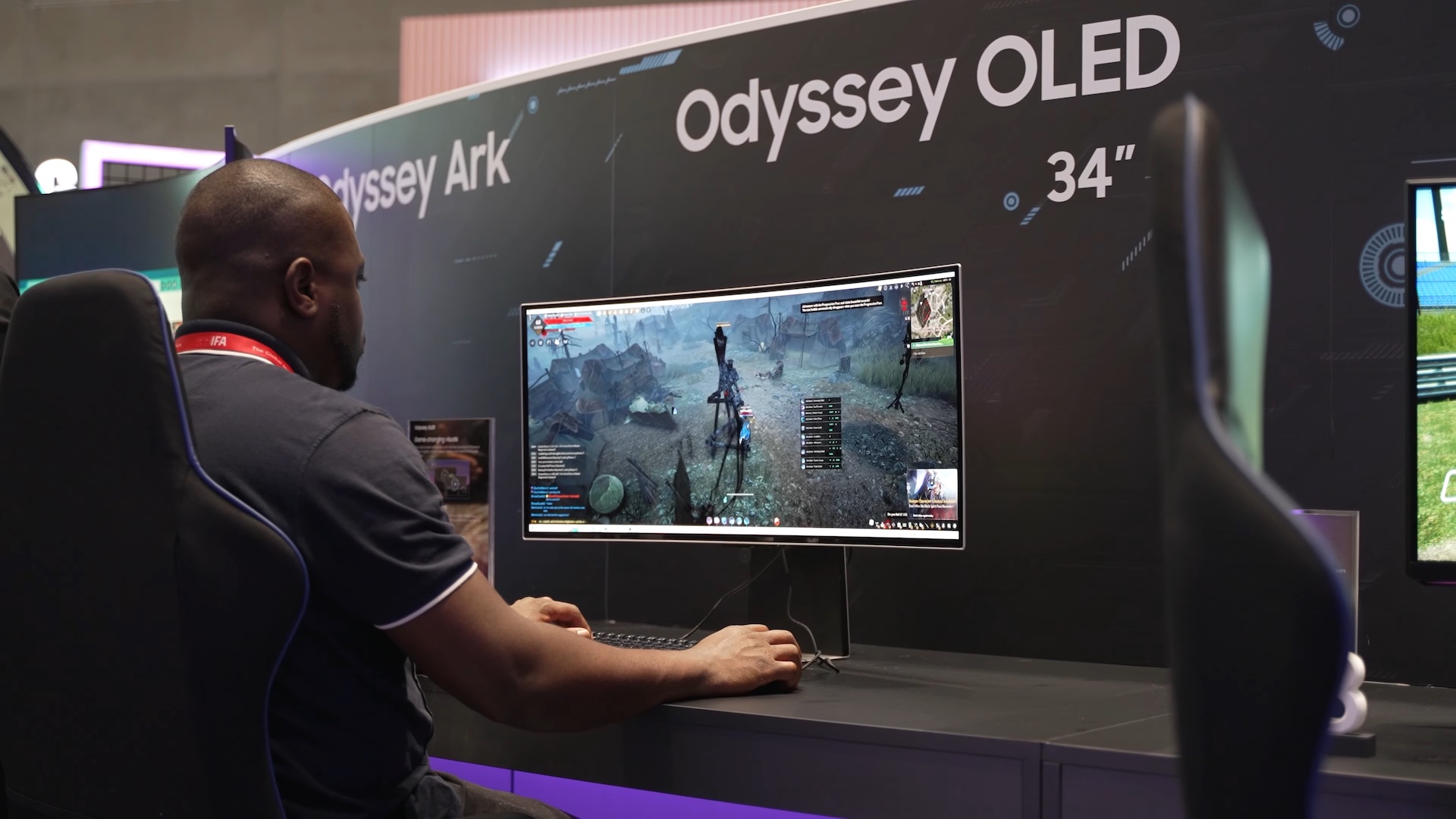
Samsung also started selling QD-OLED monitors geared toward gaming. In 2022, it launched the 34-inch Odyssey G8 QD-OLED monitor at IFA 2022. In early 2023, the South Korean firm unveiled the 49-inch Odyssey G95SC, a super ultrawide gaming monitor with a 32:9 aspect ratio, 5,120 x 1,440 pixels resolution, an 1800R curvature, and a 240Hz refresh rate. It passes VESA’s HDR True Black 400 capability, which means it can reach a peak brightness of 400 nits.

